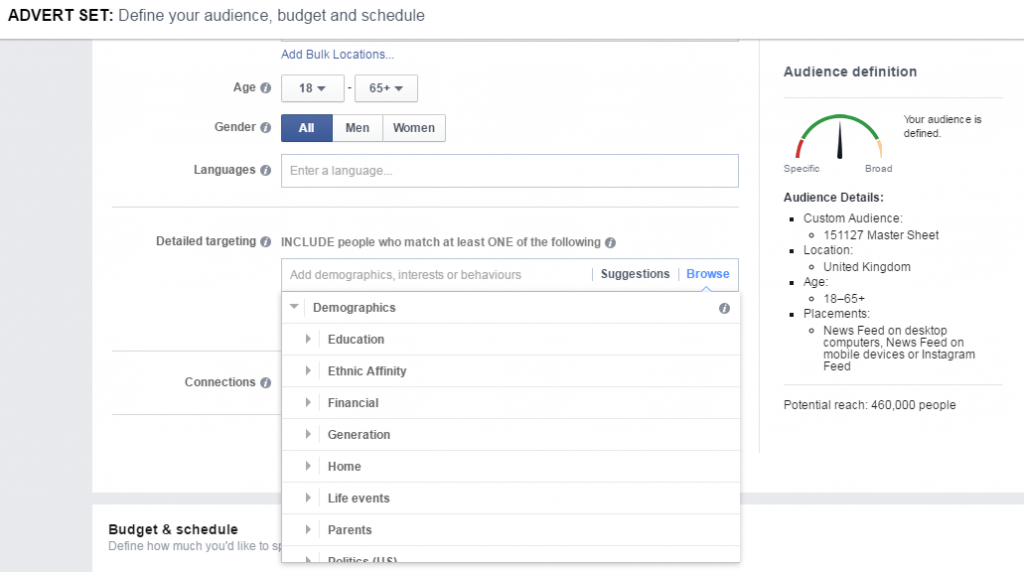May 10, 2016
In a blow to those championing using simple competitions to grow audiences on social, I’m going to explain why this mechanic is actually far from simple.
It’s a common sight: “follow @brandx and RT to #Win, or, “LIKE our page and tag a friend to enter”. We’ve all done it and yes, brands do still encourage us to consider running organic competitions, but we push back.
Why? For three reasons:
- Facebook algorithms now means only circa 1% of your community will see the post – this means for every 10,000 people connected to your page, only about 100 will see the post
- On Twitter, popular hashtags like #win are targeted by prolific competition entrants
- The majority or entrants are statistically unlikely to match your core demographic or have any long-term brand loyalty. Their motive is purely the gratuity
To explain:
- Facebook have been developing their ‘pay to play’ model for some years now. The days of posting an organic update featuring clever copy and thumb-stopping creative that yields stellar engagement results, are well behind us. Facebook’s platform has grown into an advertising beast empowering brands to accurately target using demographic, interest and behaviour data. A delve into demographics evidences the scope of criteria available to us. Interests and Behaviours are equally detailed.

The rewards for well-targeted and relevant content can be as low as 0.0004p per video view. To achieve this, you do need to know how to achieve a relevancy score of 10 and how to affectively target. This article, recently written for The Drum, offers greater detail and insight into our award-winning results.
- ‘Compers’ as we call them, are the growing audience of people who make it their mission in life to enter competitions. It’s staggering the lengths this audience goes to. During a recent campaign with Interflora, we saw a woman who’s sent 112,000 tweets in her three-years on Twitter. Every single tweet was a competition entry. Whilst 112,000 entries is extreme, the volume of people whom are compers, isn’t. After being engaged by a new client (who has used competitions organically) we audit their pages and it nearly always evidences a community that is outside of the brands’ core demographic.
- And this brings us on to point three: if you’re going to be targeting people with competitions, shouldn’t you be targeting the demographics most likely to have brand loyalty in the future?
The audit (and subsequent corrective work) mentioned in point two, is what we call ‘the audience you have, versus the audience you want’. It can be quite time consuming and costly for brands to address this. Well placed intent of past years competitions, that have yielded strong ‘vanity metric’ results (likes and shares), have actually done little to increase customer spend.
HOWEVER, the large but in all of this, competitions can and do work. Wait what? I’ve just spent all this time decrying competitions, and now I’m claiming they work. What I actually said was: “I’m going to explain why this mechanic is actually far from simple.”
We marry our proven and award-winning Paid Media targeting with the competition – taking your competition out to your core target audience. The results are staggering. The gratuity triggers great engagement, BUT, you’re targeting the right people across platforms; people whom match your desired audience demographic and statistically have a greater chance of being brand loyal and future advocates. Furthermore, compers don’t see the competition as it’s a ‘dark posted’ advert.
Competition mechanics aren’t simple and they shouldn’t be organic.